Content
1. Good Daily Habits
Rinse thoroughly after use: After each dishwashing session, thoroughly rinse the brush with hot water and dish soap to remove any foam and food debris from the front, back, and crevices of the brush. This is the most critical step, as it eliminates the "food source" for mold.
Shake dry: After rinsing, shake off excess water from the brush vigorously, making sure it is as dry as possible.
Store in a well-ventilated, dry place: Use a soap dish with a drain or a dedicated brush rack. Ensure the brush is suspended and upright, rather than lying flat against the sink or in a soapy basin.
Second-best option: Place the brush in a well-ventilated, sun-drenched corner near the sink.
Avoid: Never store the brush in sealed containers or in airtight cabinets.
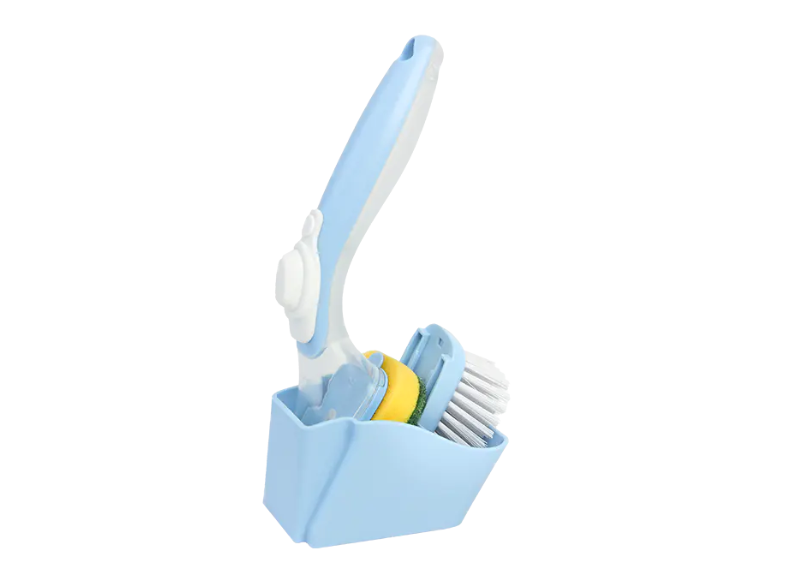
2. Regularly deep clean and disinfect
Boiling water immersion: This is the most effective and simplest method. Once or twice a week, bring a pot of water to a boil. Turn off the heat and soak your dish brush in the boiling water for 5-10 minutes.
High-temperature boiling water kills most mold spores and bacteria. Shake dry and let air dry after removing the brush.
Soak with disinfectant: You can soak in a diluted bleach/disinfectant solution (wear gloves and rinse thoroughly) or soak in white vinegar for at least 30 minutes. Both methods are effective in killing mold.
Dishwasher-safe: If your dish brush is made of heat-resistant material (such as silicone or wood-free plastic), you can place it directly in the top rack of the dishwasher on high heat and dry it for the most thorough cleaning.
3. Material Selection
Prefer silicone brushes: Silicone is non-absorbent, seamless, quick-drying, and highly heat-resistant, making it the best choice for mold resistance. It provides virtually no space for mold to harbor.
Avoid wooden handles: Wooden handles are prone to mold growth and difficult to clean if they crack or remain damp for extended periods. Choose a material that dries quickly: Opt for brushes with sparse, less dense bristles; they dry faster than thicker, more dense ones.
Consider alternatives:
Palm or natural fiber brushes: While environmentally friendly, they are generally more susceptible to mold and require more meticulous care.
Scrubbing pads/sponges: They are harder to dry thoroughly than brushes and pose a higher risk of mold. If used, replace and disinfect them more frequently than brushes.
4. When should they be replaced?
All protective measures have a lifespan; replace them promptly.
Discard mold immediately if you notice it! If black, green, or pink mold has developed on your brush (especially at the base of the bristles or where the handle joins), don't hesitate to discard it. The mold mycelium inside cannot be completely removed by soaking, and continued use can contaminate dishes and the kitchen environment.
Replace regularly: Even if it's not moldy, it's recommended that you don't keep a dishwashing brush for more than a month. Overtime, its cleaning effectiveness decreases and bacteria accumulate.


 中文简体
中文简体 English
English Español
Español Français
Français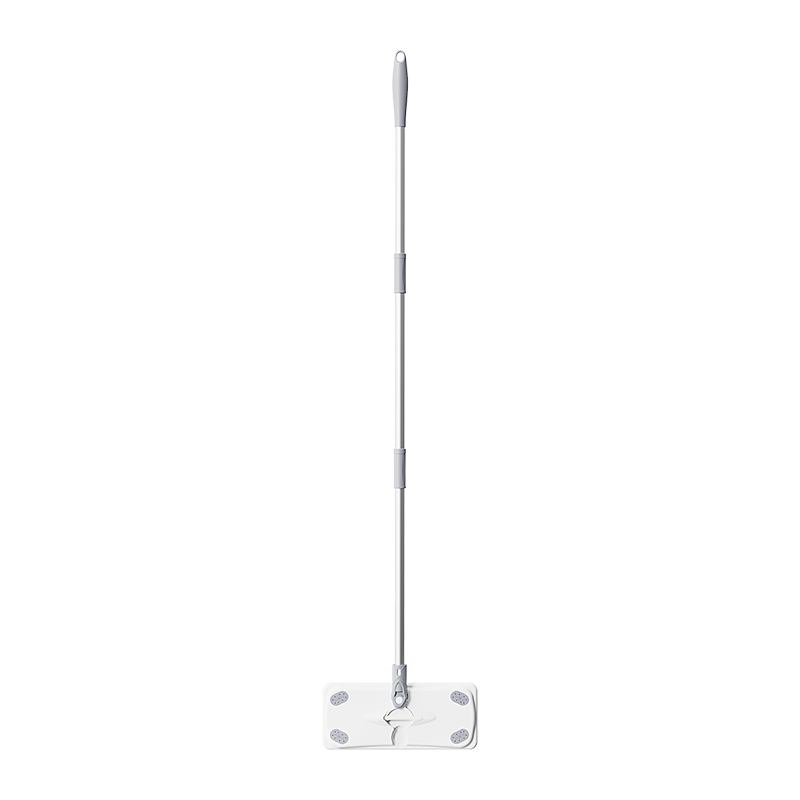
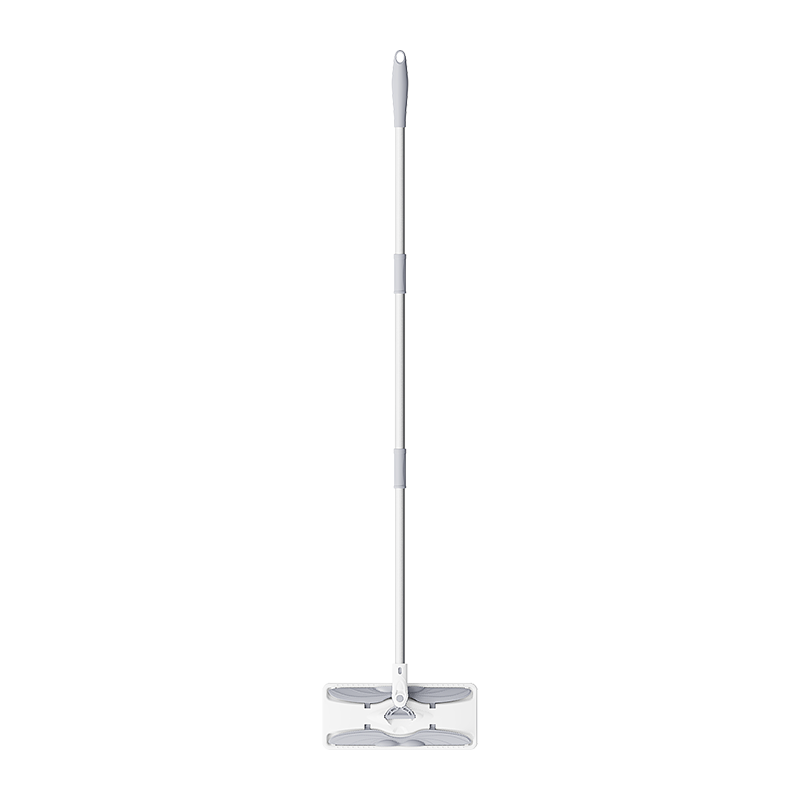
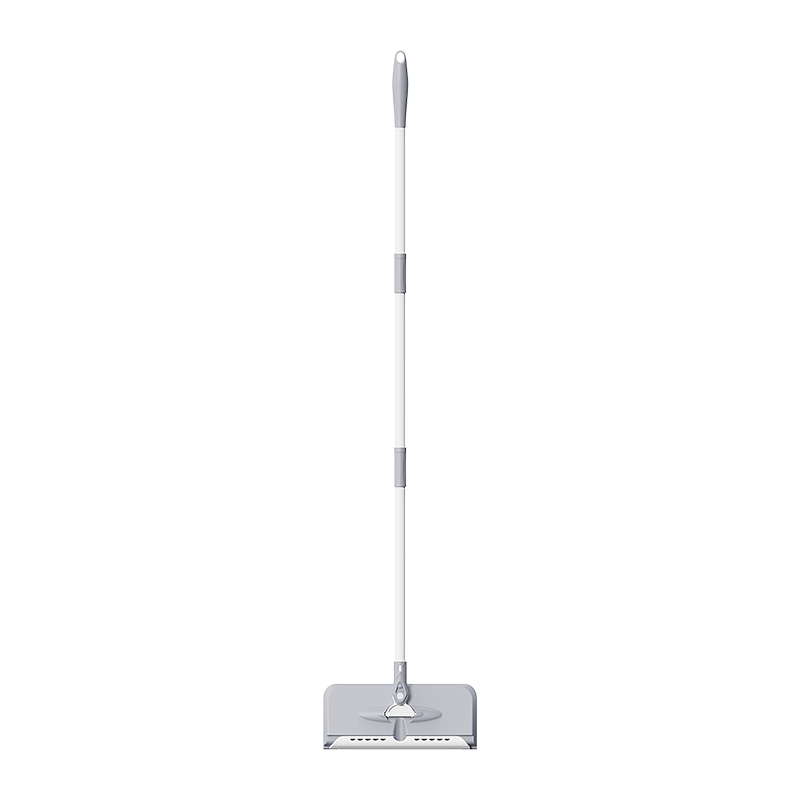
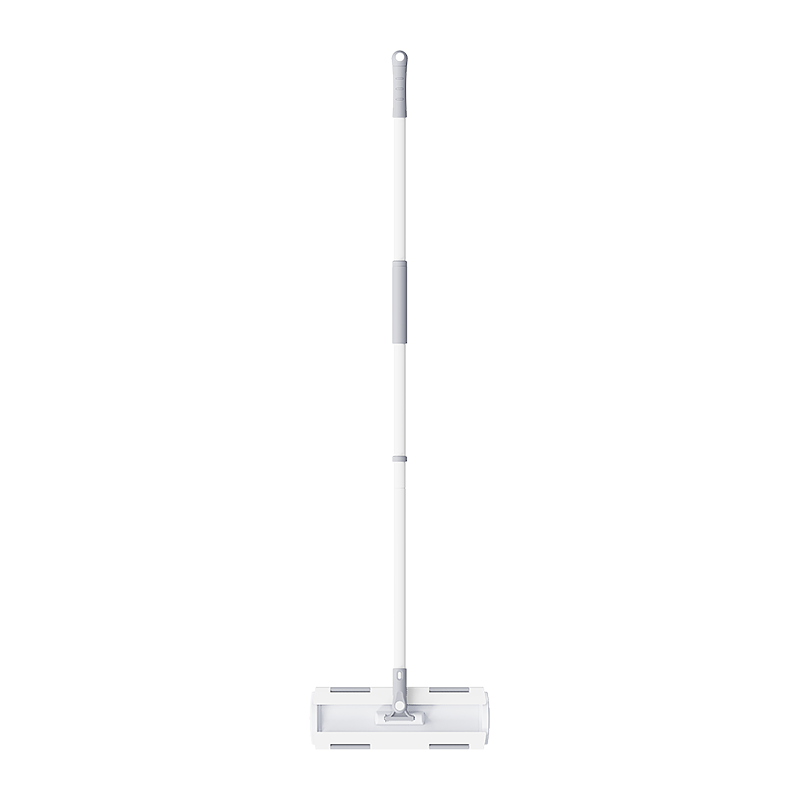
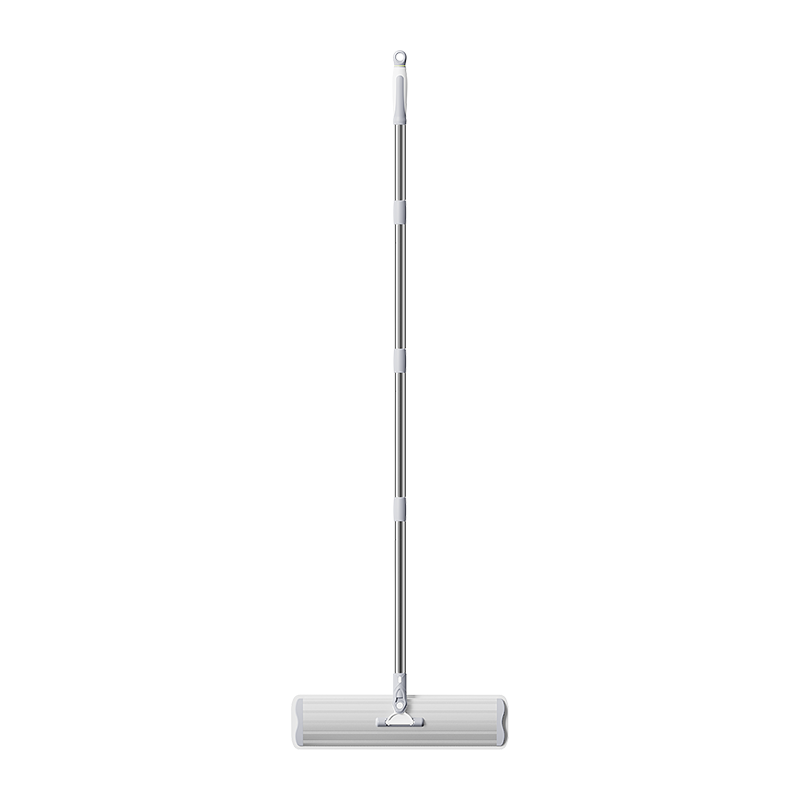
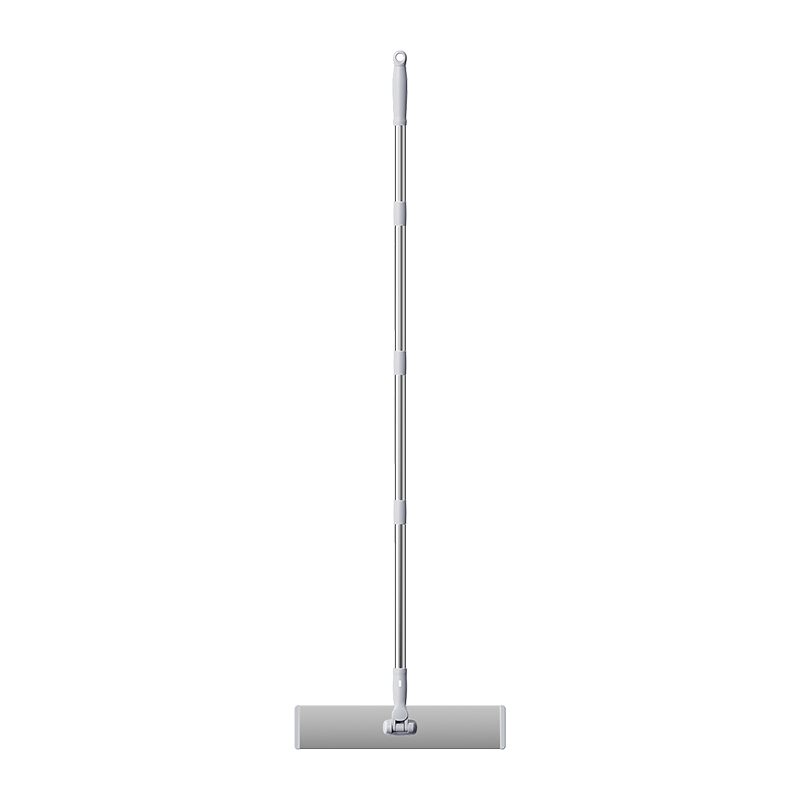
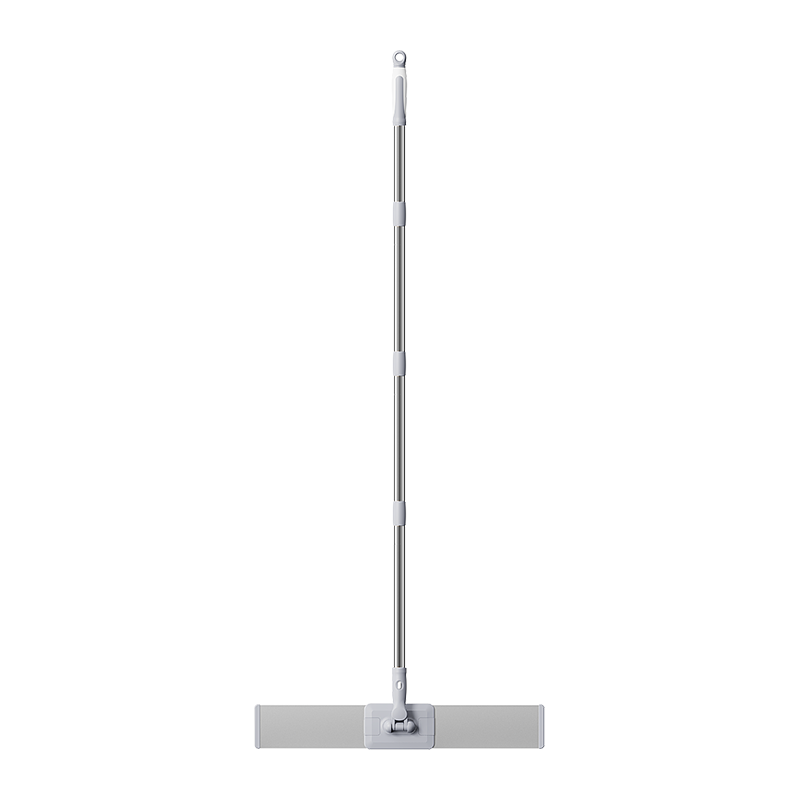
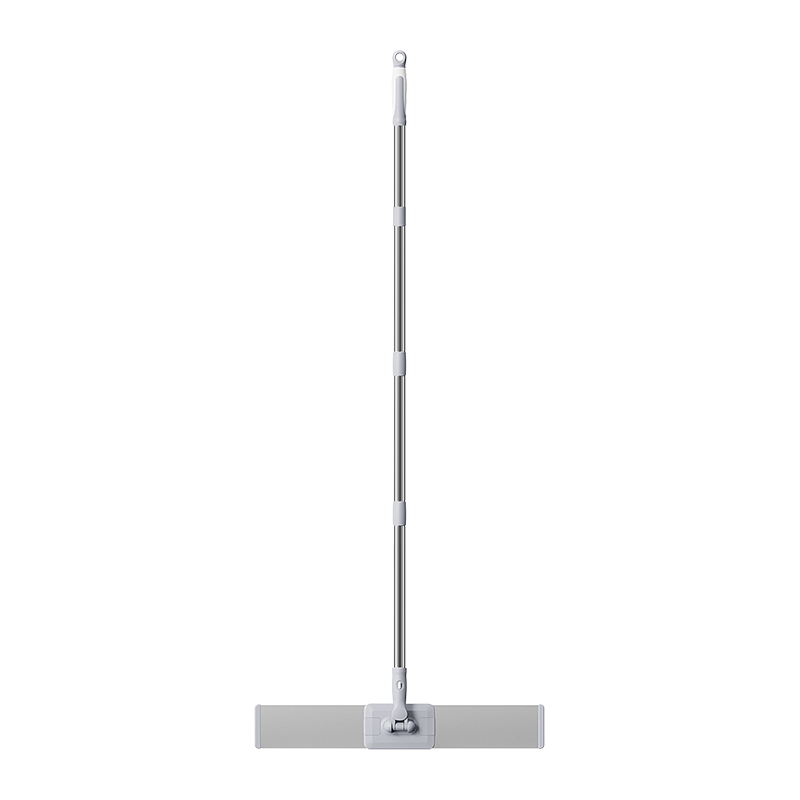
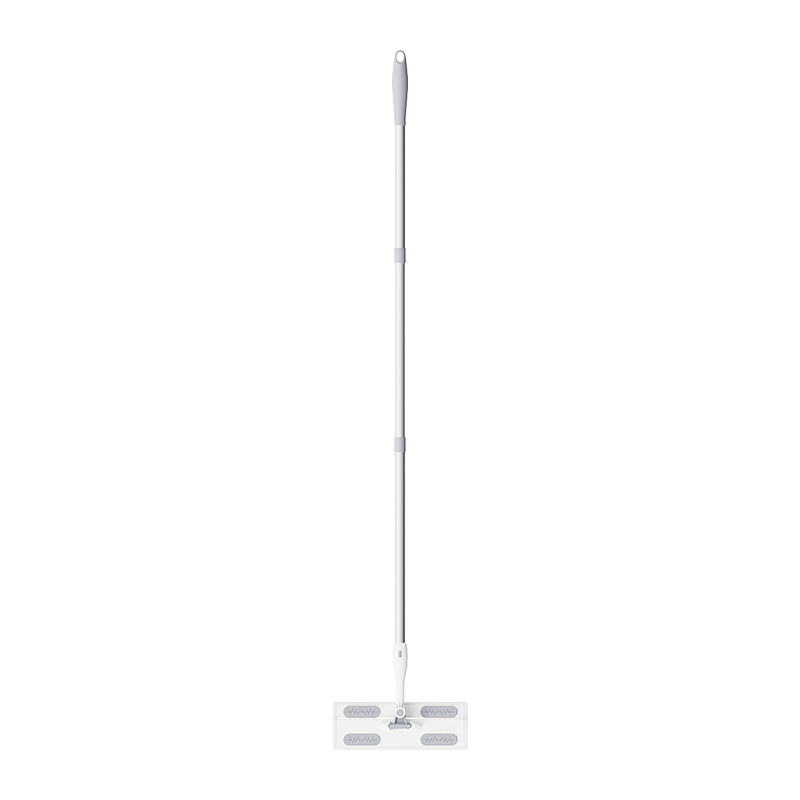
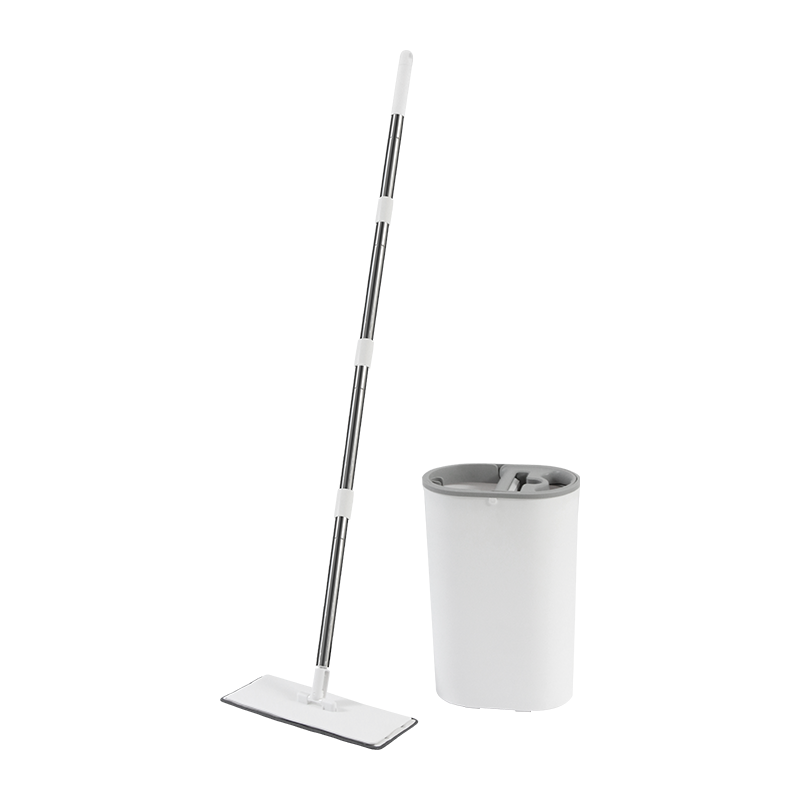
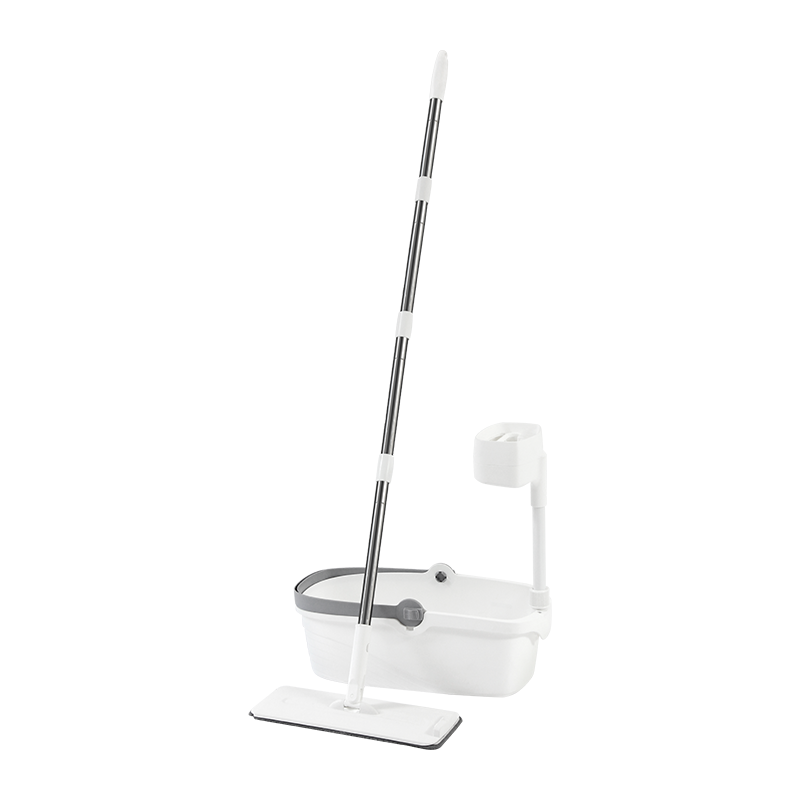

 Products
Products












